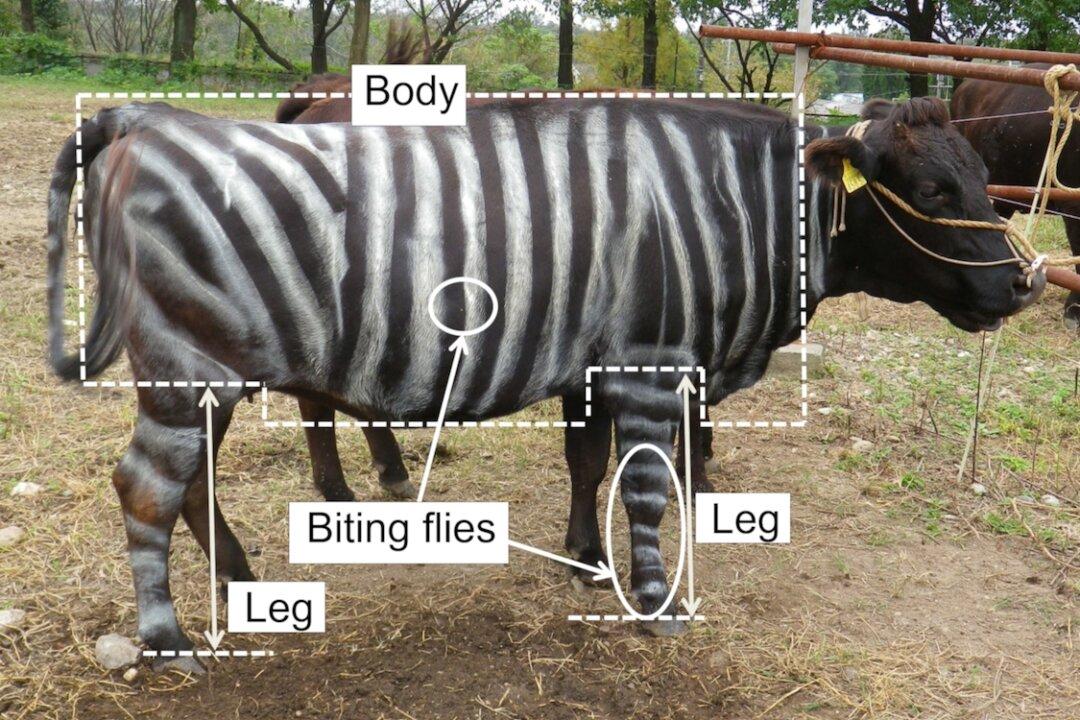Commentary
Energy powers everything we do, and for most of humanity’s 300,000-year history, that energy has come from boring old biomass. Grains, nuts, berries, and meat fueled our muscles. Wood burned in fires. All the way up to 1850, biomass provided more than 90 percent of the estimated 7,791 terawatt hours (TWh) of energy we consumed in a year. Then fossil fuels swiftly took over. Coal, oil, and natural gas now account for three-quarters of humanity’s annual 183,230 TWh of energy use. Renewables, hydrogen, and nuclear power may start to take the reins from here, but it’s far too early to say.






